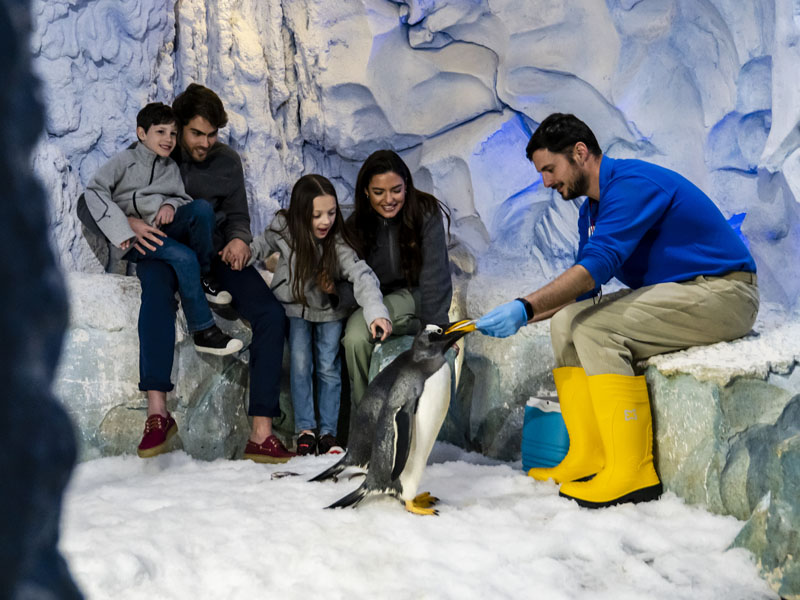They are found off the coasts of South America from Rio de Janeiro on the Atlantic Ocean side and Peru's Pacific coastline to the southern tip of the continent.
Sexual dimorphism is very clear in this species, with the male being three times the size of the female and having a mane around its neck that females do not have. The male's coat is also darker than the female's.
They are polygynous animals, with a gestation period of approximately 11.75 months and generally only one offspring per birth. Because individuals mate and breed with hundreds of other sea lions at the same time, the pups are protected both from predators and from abduction when the mother is away, as they are not left "alone" on the beach.
They live in social groups which usually consist of several females and 1 or 2 males to defend their territory.
Their natural predators are killer whales, sharks, leopard seals and also possibly cougars. At the now famous Punta Norte on the Valdés Peninsula, killer whales surf the waves to partially beach themselves in order to reach the sea lion pups on the shore.

























